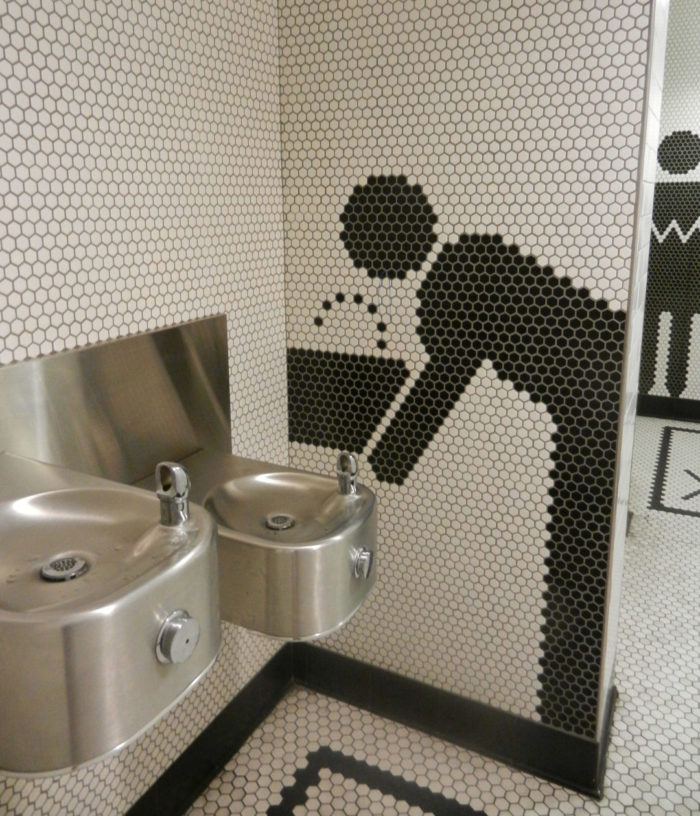
Image Credit: Karyn Christner / CC BY 2.0 / Flickr
Worries about lead leaching from pipes and faucets into drinking water are not new. But the broad growth of “green” buildings, including schools, that use water conservation strategies has the potential to lower the quality of drinking water in their plumbing systems.
To reduce water consumption, the latest version of LEED (LEED v4 New Construction) requires that indoor water use be reduced by 20%, and offers additional credits for reducing water use even further. But the consequences of that reduced water flow have led to concerns about water quality in green schools across the country.
Some of the difficulty in characterizing this water quality is due to a shortage of good studies of existing buildings, including schools. As required by the 1974 Safe Drinking Water Act (SWDA), the U.S. Environmental Protection Agency developed a guidance program that establishes 20 parts per billion (or 0.020 mg/l) as the recommended “action level” for the amount of lead in drinking water for schools and day care facilities. EPA recommends that schools and day care facilities take additional actions to evaluate and address specific problem areas (e.g., faucets and fountains) for which the sampling results show levels higher than that. But no federal law, and no state law I am aware of, requires a school to take a sample or test the water.
The action level for schools is significantly higher than the 15 ppb (or 0.015 mg/l) for lead allowed in a “public water system.” EPA requires annual testing for lead in public water supplies, defined in part as a system for the provision to the public of water for human consumption through pipes or other constructed conveyances that serves at least 15 service connections or regularly serves at least 25 individuals.
So unless a school has its own water supply (and few do), schools are not a regulated public water system.
Lead is not the only concern
So, there is little data. But concerns have resulted in testing of both the quality of water coming into the green school building and at water fountains and other outlets used for consumption at schools across the country. And water fountains and other outlets are being taken out of service where the lead level exceeds 20 ppb.
Despite the lack of a baseline for comparison, there are clear trends that go beyond lead. Among the most significant culprits is apparently “water age” (i.e., the water retention time). The green school buildings sampled had exceptionally high water age, and it appears that elevated water age is inherent in achieving sustainability goals of green building plumbing systems.
The magnitude is daunting. The first green building this firm reviewed had water use more than 50 times lower than a typical similar building. Very low use at each fixture in bathrooms, coupled with large diameter pipes stipulated by plumbing code, resulted in an average overall plumbing water age of eight days.
High water age raises concerns about the the chemical and microbiological stability of the drinking water.
Water systems can be flushed out regularly
There are externalities associated with water age. A disinfectant residual (such as a residual level of chlorine), for example, was generally not maintained in the plumbing of the green buildings. At that first green school, it took 40 minutes of flushing to establish a chloramine residual similar to that present in the public water system.
Most immediately, regular flushing of water is a practical approach to addressing water quality in green buildings, including green schools.
It is anecdotally reported that a LEED Gold certified school with very high water age solved problems with elevated lead and microbial growth by regularly flushing a small volume of water (three minutes of flushing every six hours, less than 1% of the total daily flow into the building) to regularly introduce fresh water into the system.
While wasting water may be viewed to conflict with the conservation goals of green building, it may serve as a temporary solution to the apparent public health issue.
This is a tough subject. Have the green building programs gotten ahead of reliable science in the area of water quality?
More and additional research is needed now from the environmental industrial complex to assist in justifying potable water conservation goals without compromising water quality and the public health. All schools and day care centers should test for lead in drinking water.
And you might want to test the water in your green building as well.
Stuart Kaplow is an attorney specializing in environmental law. This post was first published at his web site, Green Building Law Update.
Weekly Newsletter
Get building science and energy efficiency advice, plus special offers, in your inbox.





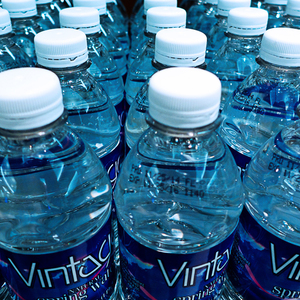
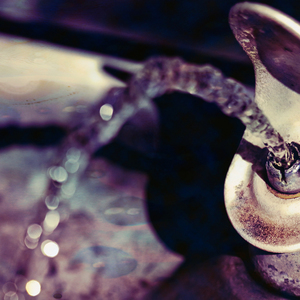
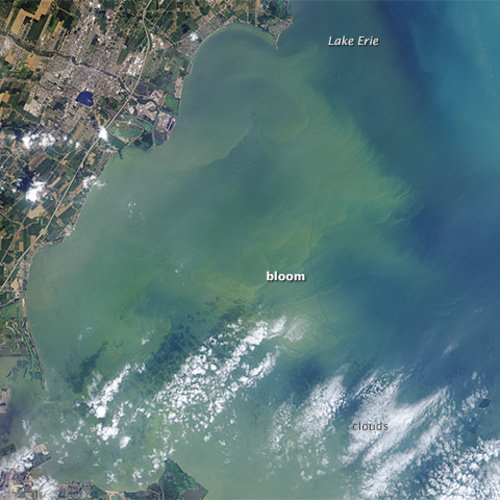
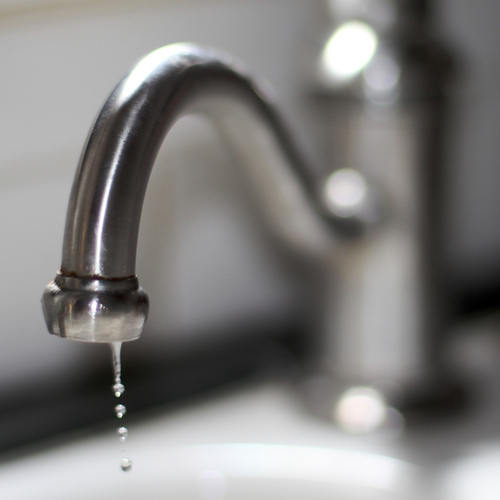






One Comment
Illinois water testing law went live this year.
Illinois water testing law went live this year.
Please note it is another unfunded mandate the is requiring schools and daycares to find something to cut in their very thin budgets or get fined.
http://www.chicagotribune.com/news/ct-rauner-school-lead-testing-law-20170116-story.html
Walta
Log in or create an account to post a comment.
Sign up Log in